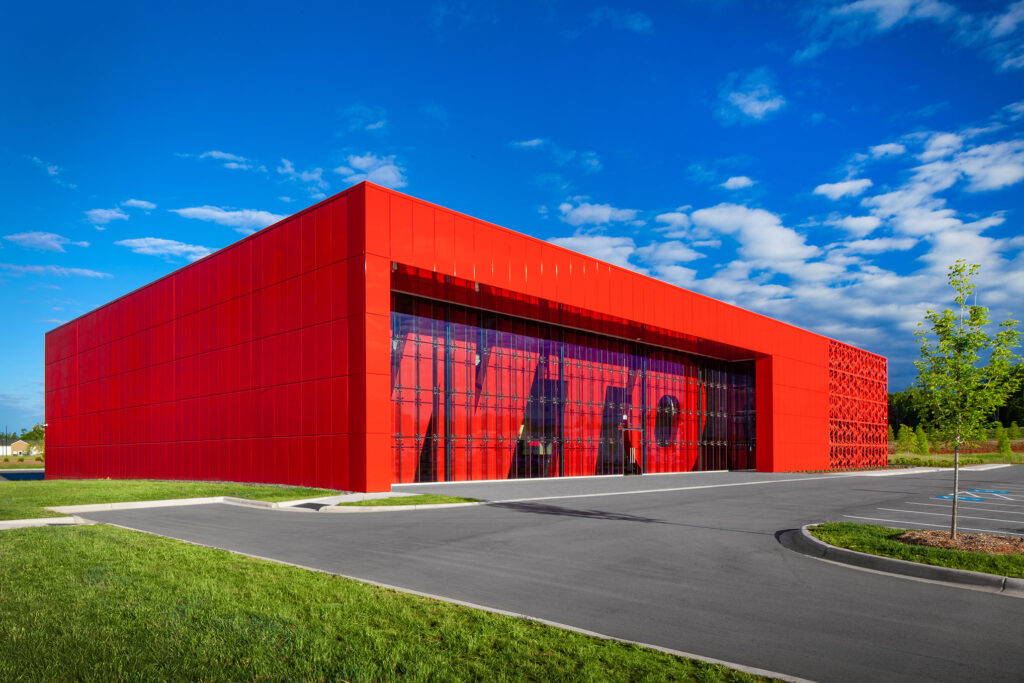
The WTO USA facility in Charlotte, North Carolina, is a 21,600-square-foot headquarters for a German precision tool manufacturer and a recipient of an Excellence in Achievement award. The building employed site-cast, loadbearing tilt-up panels to achieve a compact yet visually complex structure with a 24-foot clear height. Developed as one of the first buildings within a new multi-building park, the project introduced a distinctive architectural presence through its geometric form and layered façade.
Tilt-up construction supported the project’s emphasis on modular precision. The design was based on a strict 3-by-6-foot module intended to form a cubic volume. Portions of the tilt-up façade were recessed and overlaid with laser-cut aluminum panels and aluminum composite cladding, maintaining the purity of the cube while generating depth and patterned shadow. The building’s primary entry incorporated a structural glass curtain wall framed against the tilt-up enclosure, while a 24-foot-tall company logo—ultimately placed behind glass due to local signage restrictions—became a defining visual element.
The project’s approval process required addressing concerns from an architectural review board regarding the client’s directive for a bright red exterior. The design team demonstrated how tilt-up construction could reconcile aesthetic goals with contextual expectations while maintaining the project schedule. The speed of the site-cast approach was also a decisive factor in meeting program constraints and producing a durable facility aligned with the client’s performance requirements.
Energy considerations were incorporated through the installation of photovoltaic panels across the entire roof, providing on-site solar generation. The combination of a thermally massive tilt-up envelope and renewable energy infrastructure contributes to reduced operational demands.
The WTO USA headquarters illustrates how tilt-up methods can support modular exactness, façade articulation, and tightly controlled project delivery. Its use of layered materials and geometric discipline advances the understanding of how tilt-up can perform within small-scale but architecturally expressive corporate environments.
Project Credits
Architect: Merriman Schmitt Architects, Inc.
Photography: Carlo Pieroni

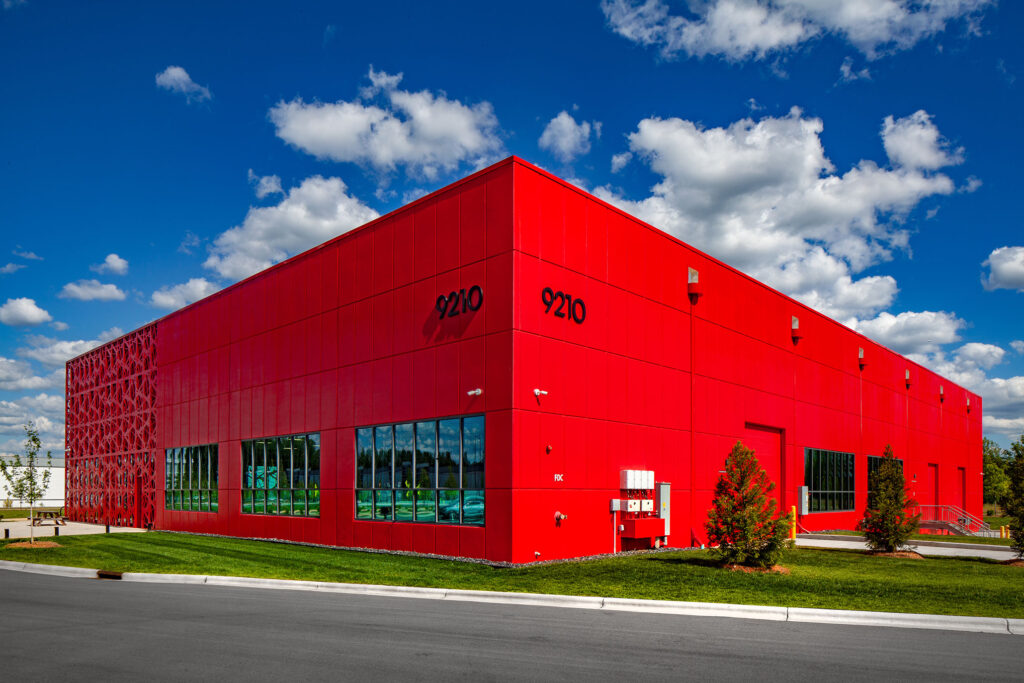
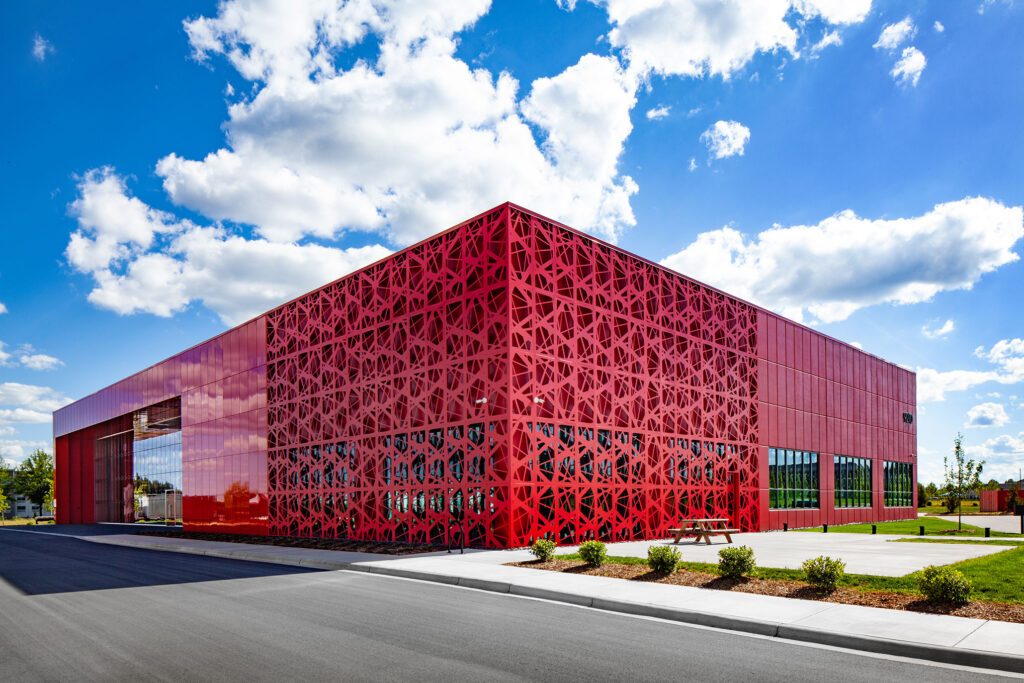
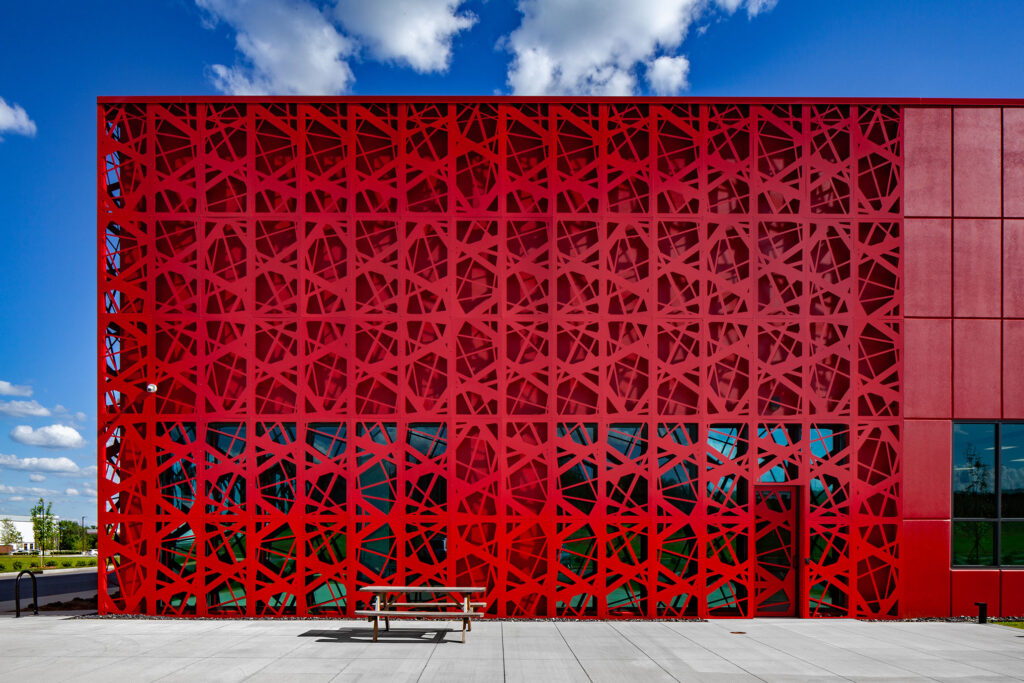



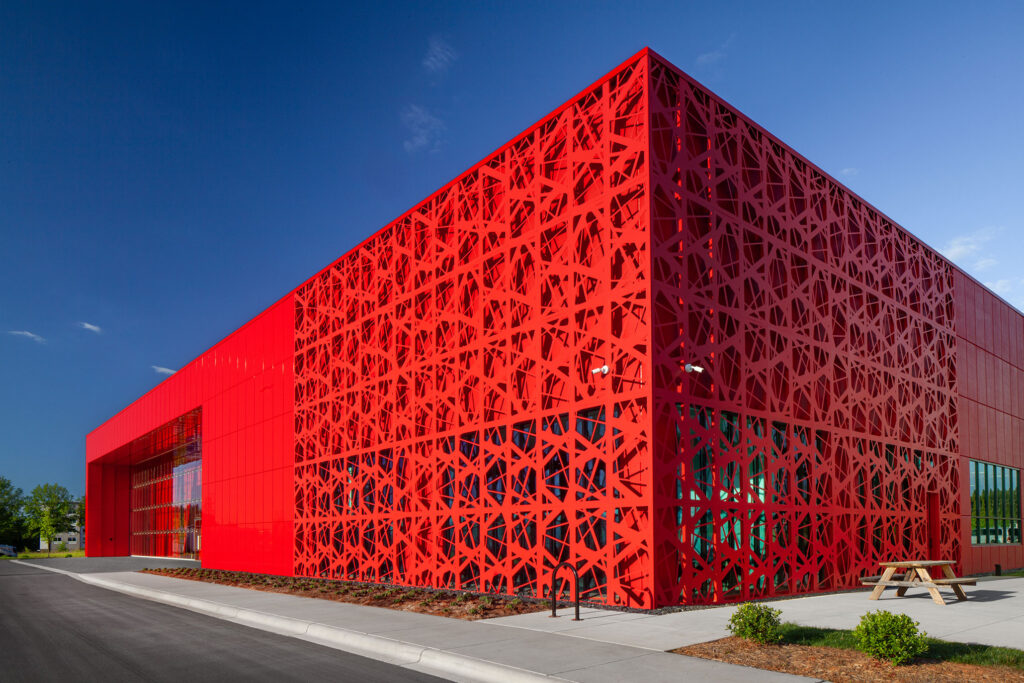
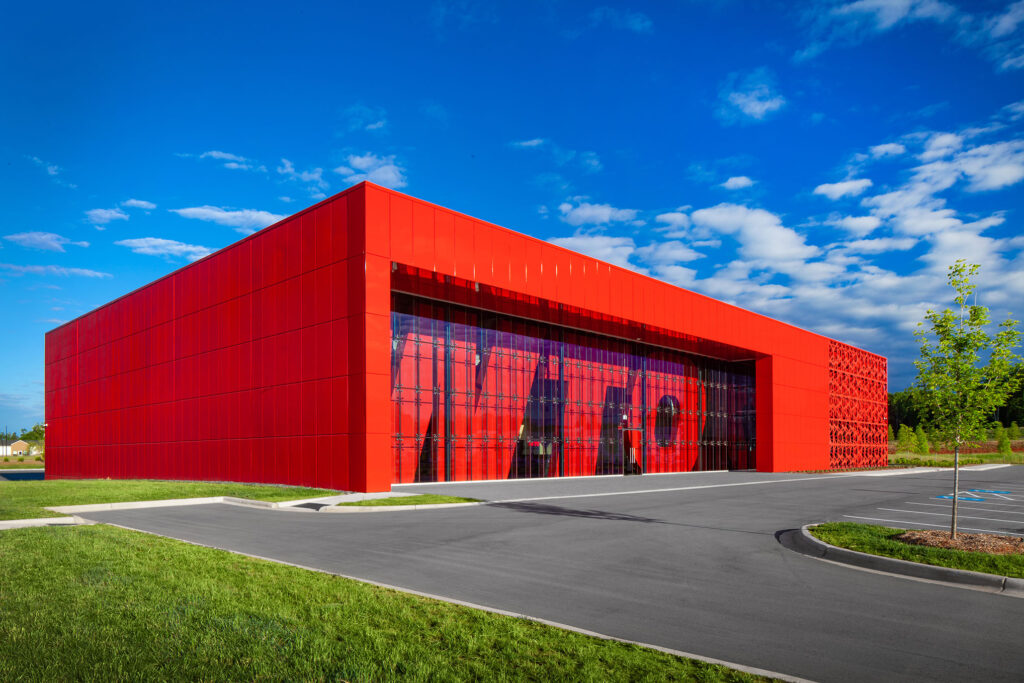

This article was generated based on content submitted during the Tilt-Up Achievement Awards program.


Be the first to comment